Nikon D810 Review
This real-world Nikon D810 review features photos I’ve taken with the new camera, comparison photos to the Nikon D600, and my thoughts after using the camera in the field. Note that this review covers an “off the shelf” production model of the Nikon D810 that I purchased and have actually used to take photos, not a pre-production model that a rep let me hold for like 5 minutes. Most “reviews” I read prior to pulling the trigger to order the camera were of the latter variety, so I thought I’d mention that this is a real review of the real camera. I’ve actually used the Nikon D810 and have edited a number of its RAW files in Adobe Photoshop CC thanks to the new ACR 8.6 release candidate.
If you’re reading a Nikon D810 review, chances are that you’re already read like 57 other pre-release articles and could recite the spec sheet in your sleep (I know spec sheets are the stuff of my dreams!), but in case you haven’t, here’s some perfunctory spec information. The Nikon D810 is a 36.3MP DSLR with no AA filter and an EXPEED 4 engine that makes image processing faster and improves autofocus speed and accuracy. The camera features native ISO of 64 to 12800 (expandable to ISO 32-51200), 51-point autofocus with Group Area AF mode, electronic front-curtain shutter and redesigned mirror mechanism to reduce camera shake, an increased buffer size, sRAW capability, 5 FPS in full frame mode and up to 7 FPS in DX mode, higher resolution LCD screen, split screen zoom in live view for leveling, and a variety of new video features (albeit no 4K). These are the big new things for the D810…but you probably already knew all of that.
Now that we have that out of the way, I’ll get something else out of the way up front: if you’re reading Nikon D810 reviews because you’re on the fence and are half-hoping for a reason not to purchase the new DSLR, you’ve come to the wrong place. The Nikon D810 is the stuff dreams are made of. It’s the camera I’ve wanted since the Nikon D4, D800, and D600 were all announced within months of one another in 2012.
As you’ll read in this review, I think the Nikon D810 is basically the perfect camera, at least for my purposes as a landscape photographer…
Oh, and if you’ve stumbled on this site for the first time from somewhere else and are wondering why the heck you should listen to some idiot on a random Disney(?!) fan-site, view my Photo Gallery or check out my other Photography Reviews. I’m a photographer who has an interest in Disney theme parks–this site combines the two interests in a manner that I’m aware that is quite eclectic. I have experience with a wide range of cameras, from the Sony RX100 III to just about every Nikon DSLR since the D40.
This is a “real world” review, meaning that it’s based on my use of the camera in the regular course of taking photos in the field, not arbitrary photos in a sterile lab. Some people love to photograph lab charts and look at straight out of camera shots at 100% to take a pixel-peeping look at things, but I’m not one of those people. As an actual photographer who actually takes photos, I see more value in how cameras actually perform in actual scenarios, and how edited photos from it actually look. As such, that’s how I review photography equipment. Actually! Is that enough caveats and background information? NO?! You want more? Okay, here’s what led me to buy the Nikon D810…
When the Nikon D600 was announced, I made the lateral move from the D700 to it (you can read my Nikon D600 review, which compares it to other cameras I owned at the time), passing on the Nikon D800 primarily because of file size concerns since I tend to take a lot of photos. Not only would I be spending more on a camera with the D800, but I’d also have to buy a ton of new memory cards, external hard drives, and possibly even a faster computer for processing those huge raw files. That made it impractical and cost-prohibitive. The D4 was just cost prohibitive from the outset, so it never was really an option. Although the D600 compromised some features that might be marginally useful to me, I liked most of its specs. Despite the dreaded oil spot issues, it has proved to be a great camera for me for nearly two years.
This spring, I started to think about a replacement for my trusty Nikon D600, and the Sony A7 was my top candidate. It seemed to have a great feature set, excellent image quality, and a lower megapixel count. Plus, the smaller size would be convenient (but not entirely necessary…I don’t mind being a pack mule) for travel. The lackluster native lens lineup right now effectively nixed that idea, especially without something comparable to my beloved the Nikon 14-24mm f/2.8 lens (my review). I still think I’ll ultimately end up in the mirrorless camp at some point. A couple of years ago I was saying the camera technology wasn’t quite there for mirrorless. Now it is, but the lens technology isn’t. I’ll give that a couple more years. Sorry, you’re probably looking for a Nikon D810 review, not my life story in terms of cameras. Let’s cut to the chase…
When the Nikon D810 was first announced, I saw it had a 36.3MP sensor, meaning just as large of files as the D800. I also was concerned that it was just a minor refresh of the Nikon D810, sort of like the Nikon D610. However, in the back of my mind I thought maybe it was time for an upgrade. External hard drive and memory card costs have come down, plus I’ve been eyeing a new MacBook Pro Retina that could handle the full size raw files with ease. As I reviewed the feature set, it became clear that the Nikon D810 was not a minor refresh, as the Nikon D810 had some of the features from the Nikon D4 and Nikon D800 that intrigued me most, plus its own upgrades. Then I saw a feature that sealed the deal: sRAW.
We’ll get to every feature the Nikon D810, but let’s start with this one. sRAW seems like a minor-enough feature, but I know many people like me who didn’t pull the trigger on the Nikon D800 because of file size. For us, the addition of sRAW seems huge. In theory, sRAW is a compromise between JPEG and (full) RAW in terms of dynamic range and file size. Fine by me, as I take many photos where I don’t need huge dynamic range flexibility, but still want some. Ironically, for me the jury is still out on this feature that sold me on the Nikon D810, but I have found that switching to compressed RAW (a feature I previously was unaware of on the Nikon D800…or I might have purchased it 2 years ago!) offers exactly what I want in terms of a compromise between file size and dynamic range. In my shooting, I’ve found a 12-bit lossless compressed RAW file is ~30MB, whereas a full size RAW file is ~75MB. Not bad.
UPDATE: For whatever reason, I’ve been afraid to actually use the compressed raw (not wanting a “lesser quality” of a potentially great photo?). On my recent trip to Asia, I shot 350+ GB of photos with the Nikon D810. This is a serious issue for me, and as a blogger who takes a lot of photos of random things during the day–not just landscapes at sunrise and sunset–the file size here is going to be an issue. Due to that and other features, I’m taking a serious look at the new Nikon D750, although I haven’t made a firm decision on it yet. For strict landscape photographers, or those who take fewer shots than me, the D810 remains an absolute gem.
Now let’s take a look at some of the big reasons for purchasing. First is that EXPEED 4 engine. Like I wrote at the outset, this is a real world review, so I didn’t do any benchmarks or anything to tell you just how much faster this processor is, but it is noticeably faster than the engine found in the D600 and D800. The autofocus is also faster, but we’ll get to that in a minute.
Next up, and quite possibly the greatest non-feature gain of the Nikon D810 is in terms of sharpness. To be fair, I haven’t used every camera ever, but I think there’s a good chance the Nikon D810 produces some of the, if not the, sharpest images of all time. Thanks to the lack of an anti-aliasing filter, lower base ISO, new sensor (no, it’s not the same one in the D800), and the new shutter mechanism, there is reason to believe this is at least the sharpest Nikon DSLR ever. Paired with my tack-sharp Sigma 35mm f/1.4 lens (my review), I was blown away at the sharpness of this camera.
In terms of dynamic range, I don’t really feel like I can fully judge that at this point. I took many photos in RAW and pushed many to the limits in Adobe Camera Raw 8.6, and my takeaway was that dynamic range is slightly better than the dynamic range of my Nikon D600. However, ACR 8.6 is a “release candidate” version, meaning it’s what Adobe threw together the day the D810 came out. Usually, the final version improves upon the release candidate’s algorithm, which means dynamic range of RAW files should get even better. I will update this post and follow up with a ‘sample photos’ post that push the limits on the D810’s dynamic range once the final version of Adobe Camera Raw is out. By the way, this review is a mix of straight-out-of-camera JPGs, edited JPGs, and edited RAW files. The photo below is a straight out of camera JPG.
The base ISO of 64 is a big deal, and not just because it improves dynamic range. Just as importantly, it enables you to use a slower shutter speed or wide open aperture in bright light without using neutral density filters. For me, this also enables longer exposures for fireworks without using a neutral density filter. I’m sure there are other specialized uses for ISO 64, too. Likewise, the increased native ISO of 12800 is a big plus.
Below is a photo that sort of demonstrates dynamic range and high ISO performance. I shot it at ISO 3200 and underexposed it by about 2 full stops. In Adobe Camera Raw, I pushed the file to its limits, bringing out the shadows, taming the highlights, and increasing the exposure. You can definitely see some noise (especially in the blacks and upper left corner), but given the amount of editing I did, it’s not too bad.
High ISO performance is pretty important to me, and all of those fancy lab-based camera reviews do ISO comparisons, so let’s steal that idea. Let’s take a look at the Nikon D600 v. the Nikon D810. Note that although the background looks bright, these photos were taken in a poorly lit room to truly test the ISO. All are straight-out-of-camera JPGs shot from a tripod in identical conditions. I’ve decided to skip the lower ISOs because that seems pointless given the impressive high ISO performance of both cameras, so we’ll jump right to ISO 3200…
Above is the Nikon 600. Pretty impressive given the conditions and the high ISO.
Here’s the Nikon D810. I honestly cannot say I see much of a difference between the two cameras at this point without pixel peeping.
Nikon D600 at ISO 6400. This is the D600’s highest native ISO, and I’ve always felt it performs pretty well here, salvaging plenty of “keepers” at this point.
Nikon D810 at ISO 6400. I don’t think it’s entirely apparent from the resized photos in the review, but there is a difference here, with the D810 looking slightly better. I don’t think it’s a huge difference…maybe half a stop?
Here’s ISO 12800 on the Nikon D810. This is where the real “difference” is, and not just because the Nikon D600 maxes out at ISO 6400. The big takeaway here is how well the Nikon D810 performs at this level! I took several shots at ISO 12800, and for me, a good portion were usable. Having that higher native ISO is a big difference between the two cameras for me, and it’s been a while since I’ve had a Nikon that hasn’t had ISO 6400 as its highest native ISO. From the D90 on, every camera I’ve owned has maxed out at native ISO 6400. So I consider that a pretty big deal, especially given how regularly I use high ISOs.
Just to show you what a not-so-good ISO 6400 is like, here’s the Sony RX100 III that I recently reviewed in the same conditions at ISO 6400. Compared to the full frame DSLRs, this is pretty bad, but I’m betting it would compare pretty favorably with the Nikon D90 or another older DSLR. Crazy what this point and shoot can do, but I digress..
Moving on, let’s check out the autofocus. WOW…the autofocus! The Nikon D600 took a slight step backwards (from the D700) in terms of autofocus, and while I’ve been perfectly fine with its AF, using the Nikon D810 was like stepping into the light after your eyes have adjusted to a dark room. It was like a revelation.
Between the new EXPEED 4 processor and the Group AF (brought in from the Nikon D4s), the Nikon D810 has incredibly snappy autofocus. If you aren’t familiar with dachshunds, think of them as like small children, but much faster and more frenetic. I used the new Group AF when photographing our dachshund, and I walked away with far more keepers than I normally do when photographing him.
By the way, if you follow the progression of photos of him in this review, you might wonder what the heck he’s doing…he’s trying to catch a squirrel in our apple tree by jumping at the tree. No one has ever accused him of being brilliant.
Besides these things, which I consider to be major, there are also some features and improvements that are less significant. The first is the Electronic Front Curtain Shutter. What this does is increase sharpness by eliminating camera shake. I recall a friend who owns a D800 complaining of reduced sharpness due to shutter shake, and I just assumed it was an ‘in his head’ excuse. Guess I was wrong on that one.
The LCD screen is a higher resolution, which gives it a crisper look. Same goes for the viewfinder, which is larger and brighter. The battery life is also superior to past full frame Nikons, with the D810 capable of over 1,500 shots on a single charge.
There also have been a number of improvements on the video side of things. Photography is my primary interest with this camera, so these don’t concern me so much, but it’s worth noting that the Nikon D810 can shoot full HD video at 60p, there’s now Zebra Stripes for highlight control, ‘flat’ mode for a low-contrast output that can more easily be edited, ‘power aperture’ mode for easy adjustments on the fly, and audio levels in live view mode. The biggest addition from my relatively uninformed perspective is auto-ISO in video, which should help with keeping the exposure ‘even’ while shooting. This has been my worst problem when shooting video…but I really have no clue what I’m doing, so maybe this wasn’t a big issue for others.
Finally, there’s that intangible x-factor, and this may just be personal to me: the Nikon D810 is that it just feels right. Remember the marketing for the Nikon Df that called the camera a fusion of creative, technical, and the photographer? Well, that’s exactly how I feel with this camera. It feels like an extension of me, and all of the other eye-rolling marketing used for the Nikon Df actually seems appropriate here. I can tell how ridiculous this sounds as I type it, so if you want some more of those superlatives I’m feeling, just read/watch Nikon’s marketing for the Df. That’s how I feel with the D810. Although I loved its image output, I never felt this way with the Nikon D600. I did feel this way with the Nikon D700, but its image output was lacking as compared to the Nikon D600. The D810 is the beautiful sweet spot where the two cameras meet.
I try to be as balanced as possible in my reviews, and I realize I’ve basically just gushed over the Nikon D810 in this review. The problem is, thus far I have not discovered anything about which I should be critical. I know video folks have criticized the lack of 4K, so I guess that’s a way it might be lacking for you if you shoot a lot of video. Other than that, I don’t really know what to criticize…that the camera is dangerously awesome? I feel like any other criticism would be forced and grasping at straws. (I suppose now would be a good time to point out that I paid for this camera out of pocket and my review has in no way been influenced by Nikon.) One thing, if you want to call it a complaint, is that this camera is expensive at $3,300. For that price, you should fully expect a camera that is more or less perfect!
It should be pretty clear that this is an impressive camera. Certainly the best DSLR I’ve ever used, and possibly the most well-rounded DSLR ever. The question thus becomes one of who it will best suit. First and foremost, anyone looking for the absolute best DSLR quality who is not shooting sports (sports shooters, go for the D4 or D4s). Likewise, anyone wanting to go full frame with the budget for a $3,000+ camera should buy it. Those are the two obvious groups that should buy this camera without any hesitation.
As for closer calls, what about current owners of the D600 and D800 lines? If you are a D600/D610 owner who thinks the feature set here and higher resolution are worthwhile, go for it, too. If you are primarily looking for a bump in image quality, I’m not so sure this is a good purchase. It does offer an improvement, but that is so incremental at this point, especially in light of the increased cost, that it’s a tad difficult to justify. The question and answer are going to be about the same for D800/e owners. The D810 brings a lot of new features to the table over its predecessors, so it’s really a question of whether you need those. I can’t address every single type of photographer here, but I think for the vast majority of others considering DSLRs, it probably comes down to an issue of whether the price is justifiable for you, because in terms of quality and features, this camera flat out performs.
For me, the answer is an easy and emphatic “YES!” to these new features justifying the purchase of the Nikon D810. These new features will make photography easier and more fun for me (as if it could get more fun), and will also put me in a position to miss fewer shots. If I can now nail a shot that I would have missed…well, that’s the ultimate improvement in image quality. The Nikon D810’s actual improvements in image quality and processing are really just gravy for me, as I was more than satisfied with the Nikon D600 in this regard. For me, the new and improved features, especially that autofocus, are where the Nikon D810 becomes a grand slam for me.
Overall, in case it’s not clear, I love the Nikon D810. For many photographers, the cost of this camera in relation to the substantive image quality improvements may not be justifiable, but for me it is. It is a huge leap over the Nikon D600 in terms of all-around performance. This probably makes no sense to anyone besides me, but I view the Nikon D600/D800/D4 as the first generation of revolutionary DSLRs, and with any first generation of technology, there are hiccups (that would be an understatement with some of the issues those cameras had!) and things missing. To me, the Nikon D810 feels like the “second generation” of these cameras, where the great foundations found in those cameras have been improved upon and put together in a package that is basically perfect. I’ve found myself buying and returning more camera equipment in the last year due to being dissatisfied with it, but the converse is true with the Nikon D810: it’s a camera that exceeded my high expectations and I feel is a very worthy upgrade for many serious photographers, even at its price-point. I can already tell that this is the beginning of a beautiful friendship.
If you do want to purchase the Nikon D810, we recommend the following trusted & authorized retailers:
Amazon
B&H Photo
Adorama
If you’re looking for other photography equipment recommendations or photography tips in general check out a few of my top photography blog posts:
Photography Buying Guide: Everything from Underwater Cameras to Software
Best Books for Improving Your Photography
5 Indispensable Tips for Better Vacation Photos
Choosing the Best Travel Tripod
Choosing the Best Camera Bag for Travel
Your Thoughts…
Are you interested in the Nikon D810? Have you already bought it? Have any additional questions or comments about the camera? Please ask or share below, and I’ll offer my feedback!
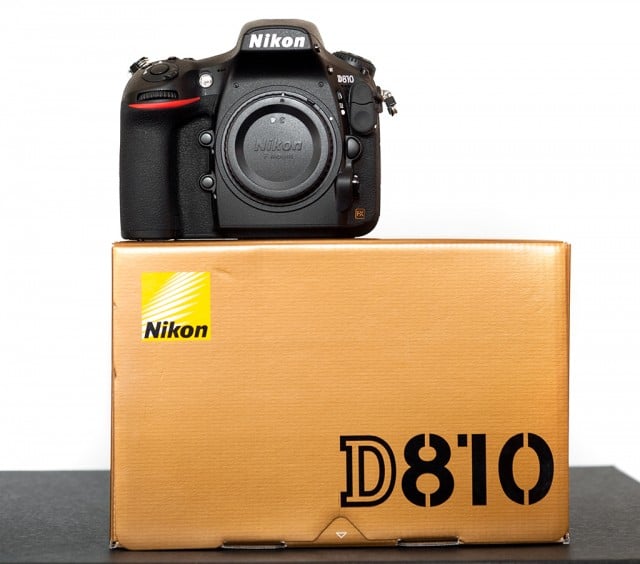
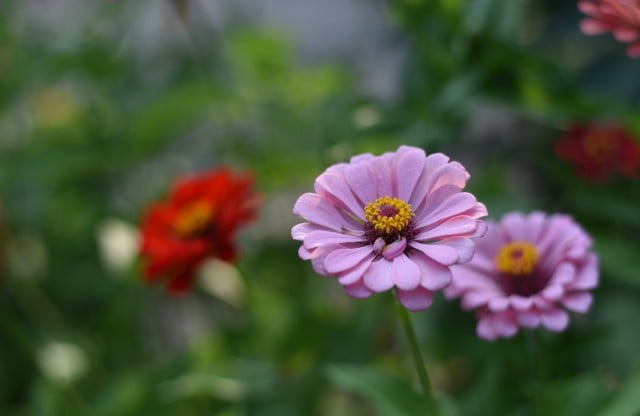
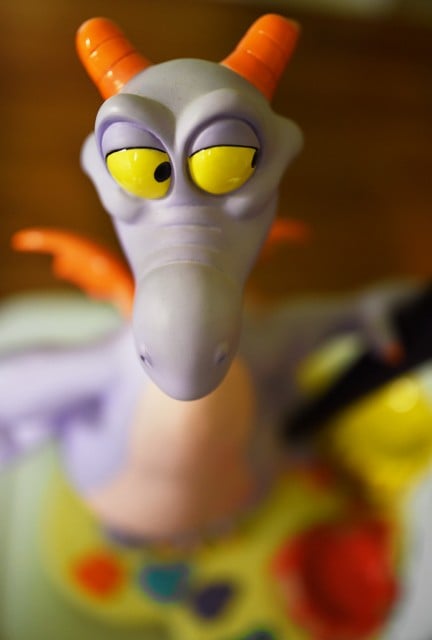



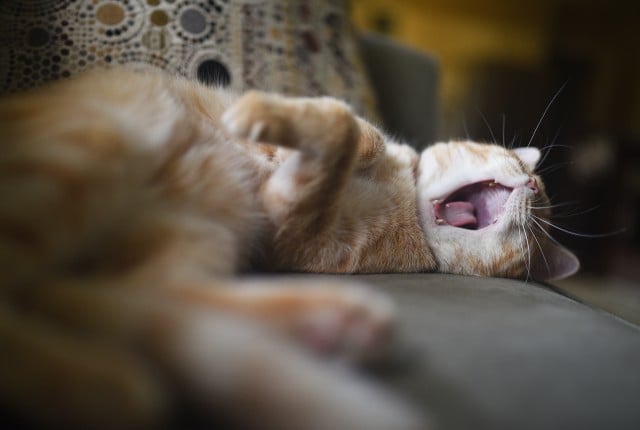

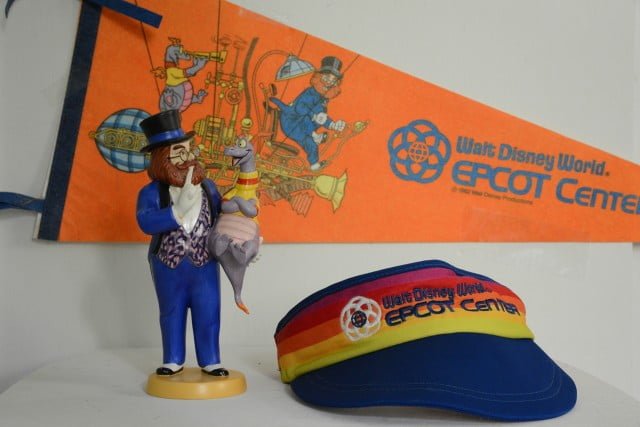
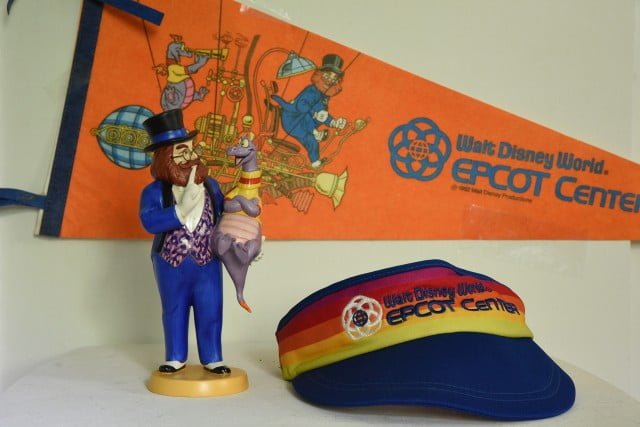
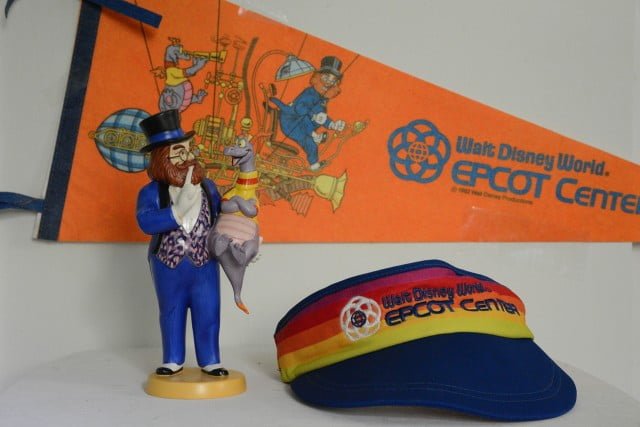
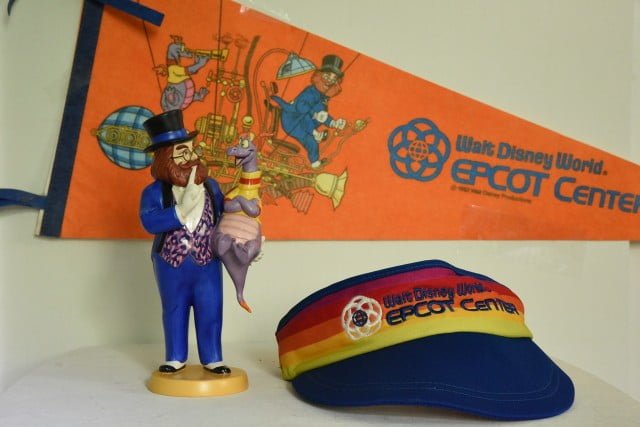
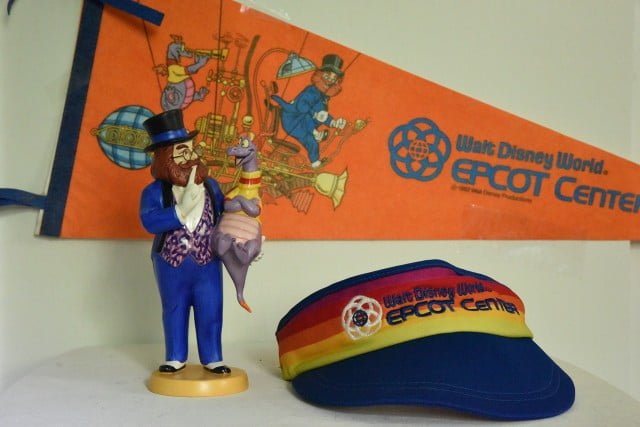
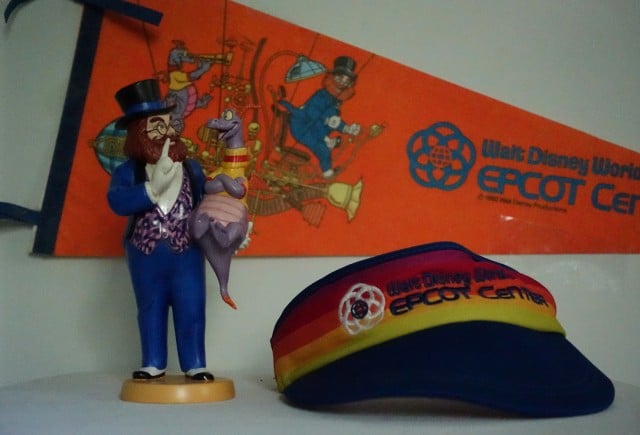
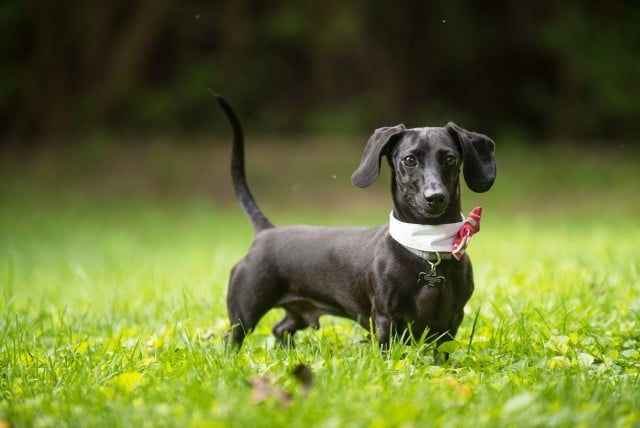
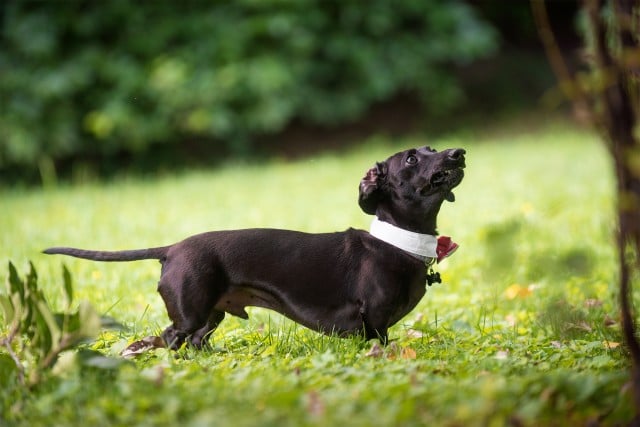
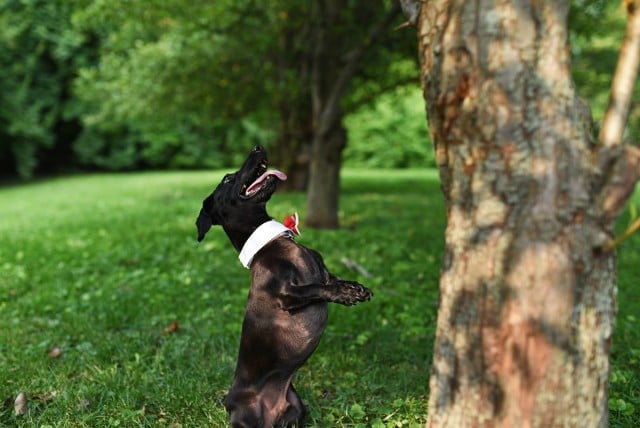
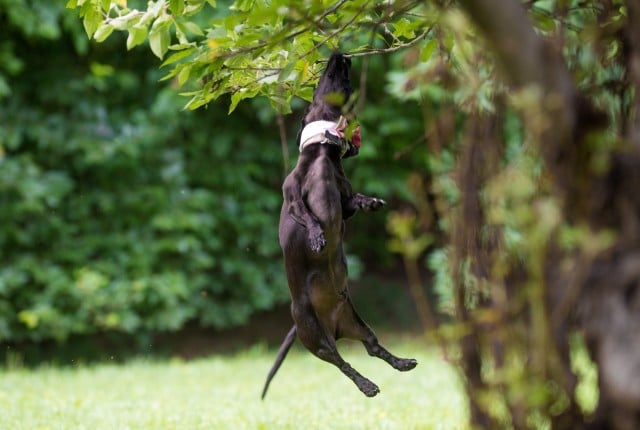
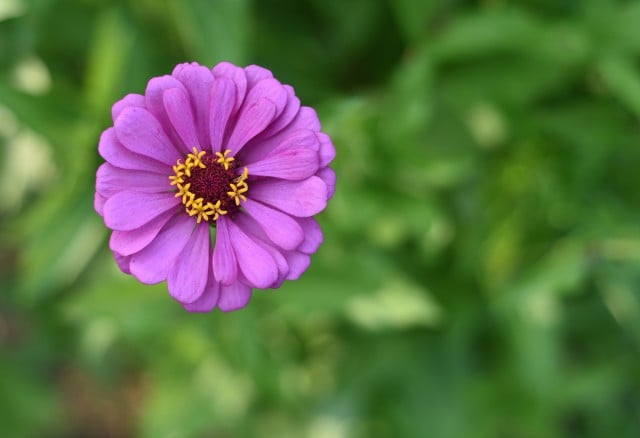

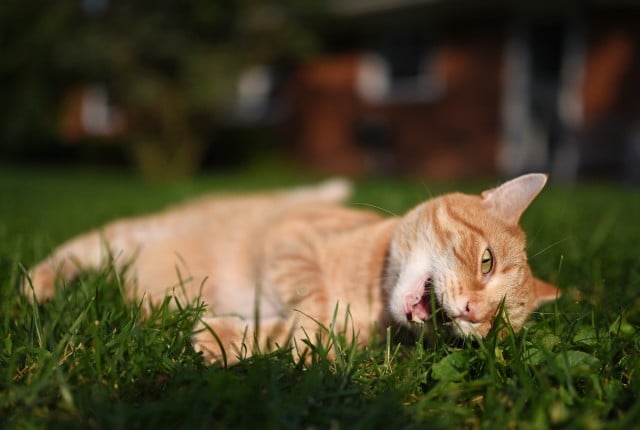
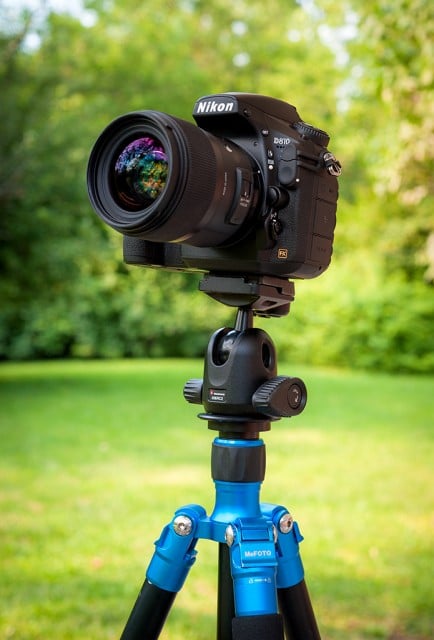
I love my Alexa and my echo I use in my house. I want to give one to my Mom because she’s losing her sight and I think and echo might help her. Can I loads the apps I think she could use like news , trivia using my phone apps then give it to her? My mom doesn’t have a phone because of her vision plus if the family adds the apps or the device she could use her echo. My Mom doesn’t have a computer either but her complex has wi-fi. Can someone help me help my 97 yr old mother. Thank you
Hello.This article was really fascinating, particularly since I was browsing for thoughts on this issue last Saturday.
Good morning.
I was just wondering if you had and thoughts or experience with some of the new mirrorless cameras
Great article and site! Although it was just released, I’m looking forward to hearing your thoughts about the D750. I’m looking to upgrade from the Sony a55 and am very interested in the 810.
Nice review, Tom. I recently acquired the D810 for my aviation photography hobby. For the last 2 years, I’ve been shooting with the D600 and have been reasonably satisfied, except for the fact that in shooting JPEG Fine+RAW, the D600’s lack of speed has made me miss a lot of shots. The extra speed on the D810 has been nothing less than remarkable (shooting in JPEG Fine+ S RAW). The faster AF & richness in colors in the D810 have been real bonuses too. This is a keeper!!
Another Link to share:
Best camera and lens
Nikon D810 with Sigma 50mm f1.4 Art
a few pictures with this combination.
https://www.youtube.com/watch?v=LB9YZBUOjTs
Guido
I’ve been holding off on upgrading from my D700 for awhile, honestly, because a new camera body costs as much as a Disney trip! You mentioned that it’s perfect for landscape photographers. Any reason why it would be a less than ideal solution for portrait photographers? I hadn’t even considered the D810, because I assumed it was a small update on the D800. Oops.
My assumption (as a non-portrait shooter) was that having that high of a MP count wasn’t really beneficial to portrait photographers. Is there something your D700 can’t do that you’d like out of a new camera? I’ve always heard the D700 regarded as a really great portrait photographer. I say this as someone who literally knows nothing about portrait photography, though!
I’m always looking for lower noise and more detail at higher ISOs for indoor and early evening photography without springing for one of the $5000 or greater bodies. My D700 is much better than the D300 I upgraded from in that regard, but I’d love to be able to shoot indoors at F4 instead of F1.4 and get an acceptable noise level. (Keeping in mind I shoot kids, so I need to keep my shutter speed pretty high.) When I’m doing studio photography with strobes my D700 is perfect, though.
In this case, you will DEFINITELY see significant benefits from the D810.
I’m glad I held off. Looks like the D750 is going to be the upgrade for me. I love my D700, but technology has changed a lot in the last 7 years. Lower noise at high ISO, better low light focus, 24 MP-it sounds perfect for me. I hope it lives up to early reports, because I am SO excited about getting one in my hands. We are planning a Feb WDW trip, and I bet it would be an excellent companion!
For those who like to see samples from the D810 in 4K quality, if your computer alows this?
here is the link: https://www.youtube.com/watch?v=3JB7bVT1HFE
Another link is from someone (Pomazal) who compare it with a 4X5 technical camera, the technical camera seems better, but I can say, the D810 do not much under, know that the size is almost twice larger!
https://www.youtube.com/watch?v=ZsMDsGjmIsY
I thought you like to see this also, all of you, no?
Guido
A little correction on the size difference. Not almost twice the size but more than, doing some mat, 2,31 times exactly. Between the 4X5 technical sensor and the 2,4X3,6 Nikon sensor.
Before someone shoots me, by this some accuracy.
Sorry
Forgot to link my Flickr account, just in case you would like to see pics taken with the D800
https://www.flickr.com/photos/48947216@N02/
Enjoy
Bernd